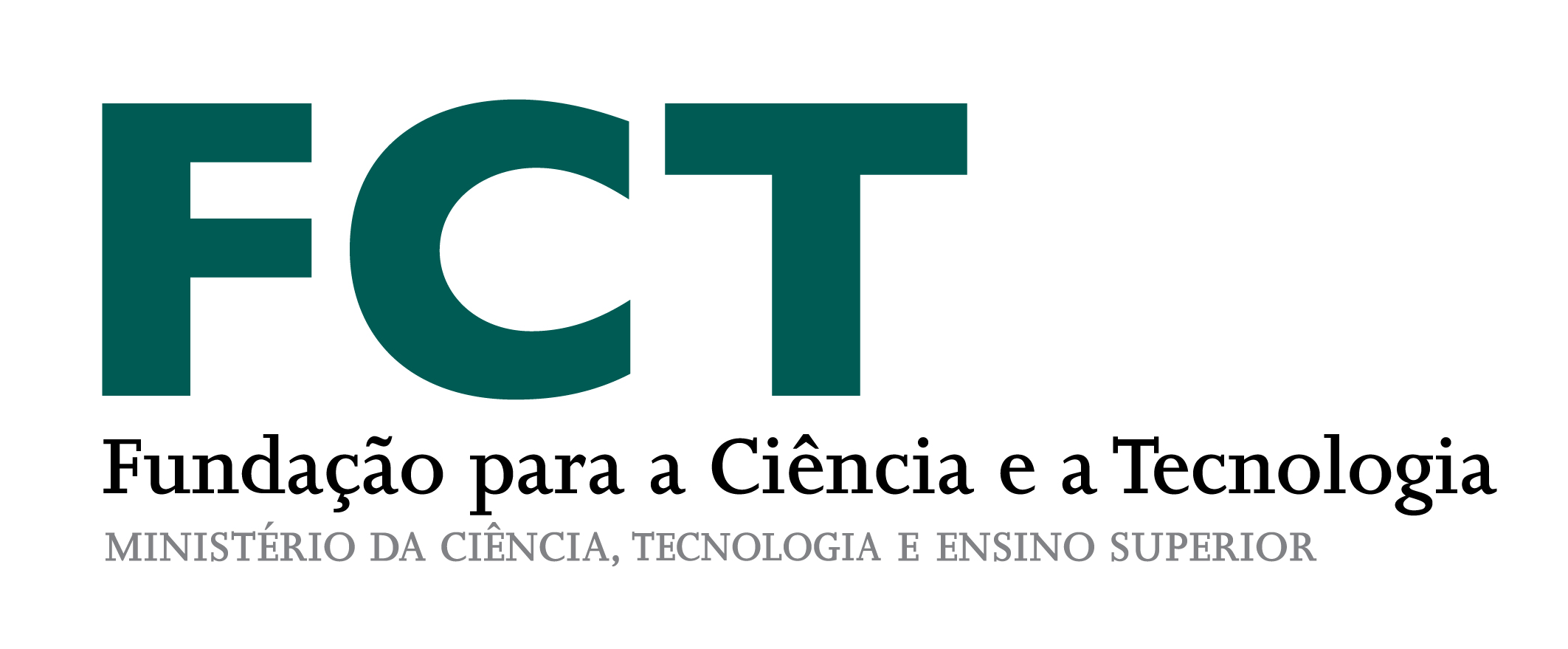About University of Coimbra
Universidade de Coimbra is one of the oldest universities in the world and the oldest one in Portugal. It was founded by King Denis in 1290 first in Lisbon and then went through a number of relocations until it was moved permanently to its current city in 1537. Since 1537, it is situated in a king’s palace at the crest of the hill with splendid look on the landscape. The university has a more than seven-century-history behind.
The university harbors a huge central library (University of Coimbra General Library), botanical gardens (Botanical Garden of the University of Coimbra), stadiums and other sports facilities (Estádio Universitário de Coimbra sports complex and Campo de Santa Cruz stadium), an astronomical observatory, a publishing house, a private chapel (São Miguel Chapel), a theatre (Teatro Académico de Gil Vicente), and many support facilities such as dining halls and studying rooms. In addition, the university manages several museums and other cultural organizations, including a science museum (Science Museum of the University of Coimbra), a museum of sacred arts (Sacred Art Museum of the University of Coimbra), and an academic museum (Academic Museum of the University of Coimbra). The university has five main campuses and other sites.
It is organized into eight different faculties according to a wide range of fields of knowledge, such as arts, engineering, humanities, mathematics, natural sciences, social sciences, medicine, sports, and technology. It is a founding member of the Coimbra Group, a group of leading European research universities, whose inaugural meeting it hosted. The University of Coimbra has over 23,000 students, and hosts one of the largest communities of international students in Portugal, being the most cosmopolitan Portuguese university. On 22 June 2013, UNESCO added the university to its World Heritage List. The University of Coimbra is a member of the Utrecht Network, the association of European Universities.
Each faculty has its own symbolic color used in the institutional seal and other symbols, in the university ceremonies conferring doctorate degrees, and also used by the students in their ribbons according to numerous academic traditions such as The Burning of the Ribbons at a Graduation Ceremony.
http://www.uc.pt/en
https://www.youtube.com/watch?v=M5DFkDxyZ3A












